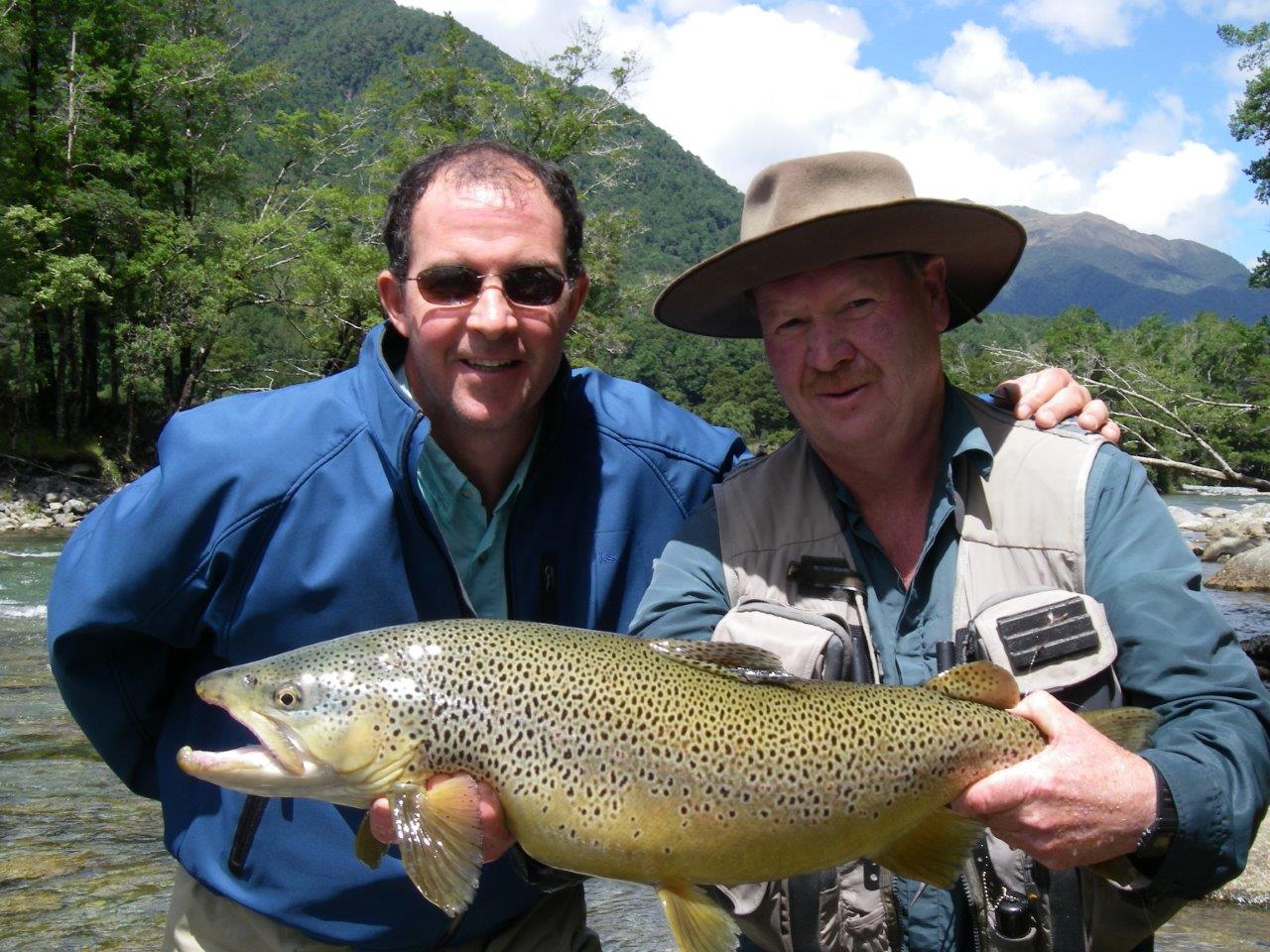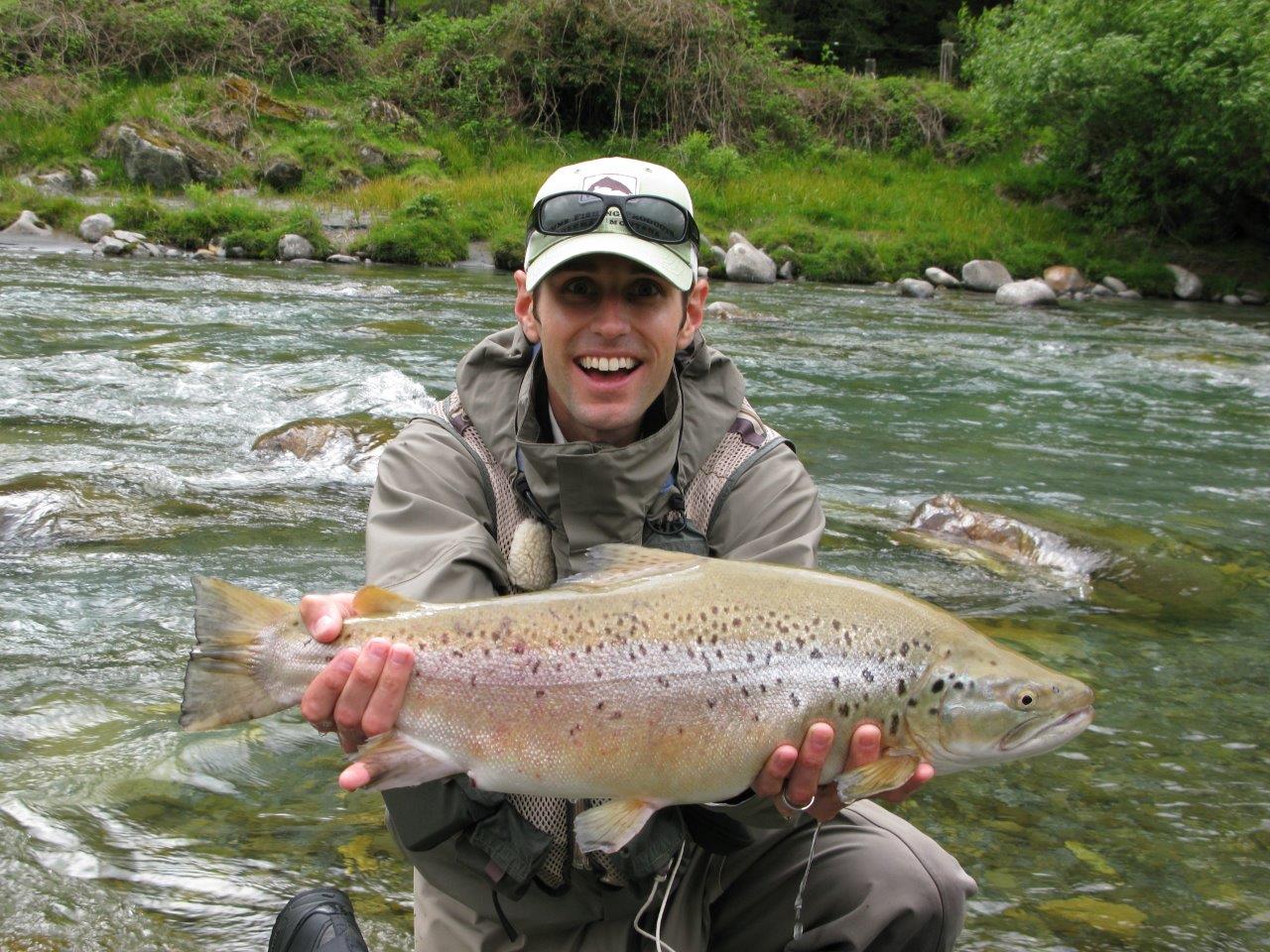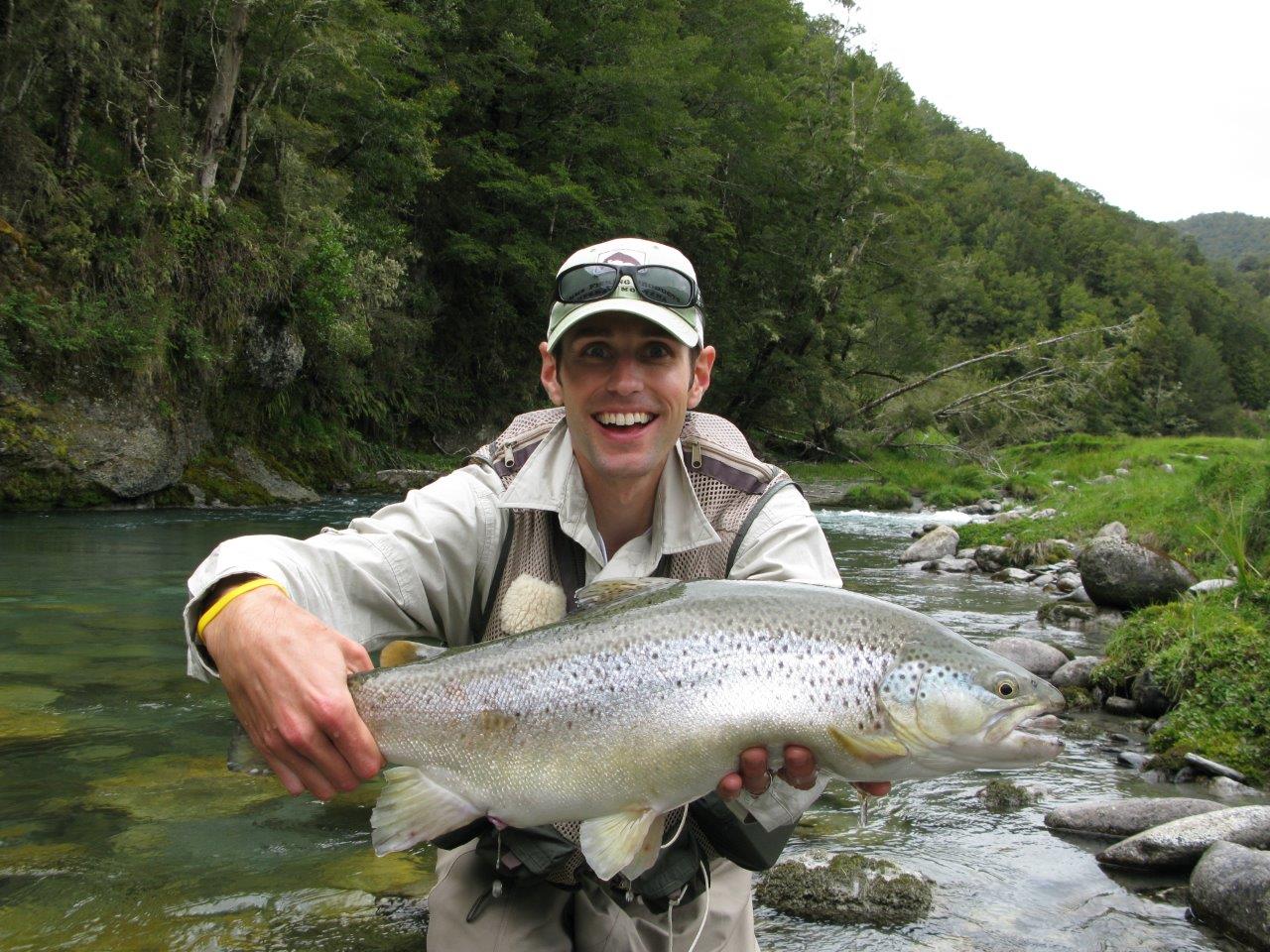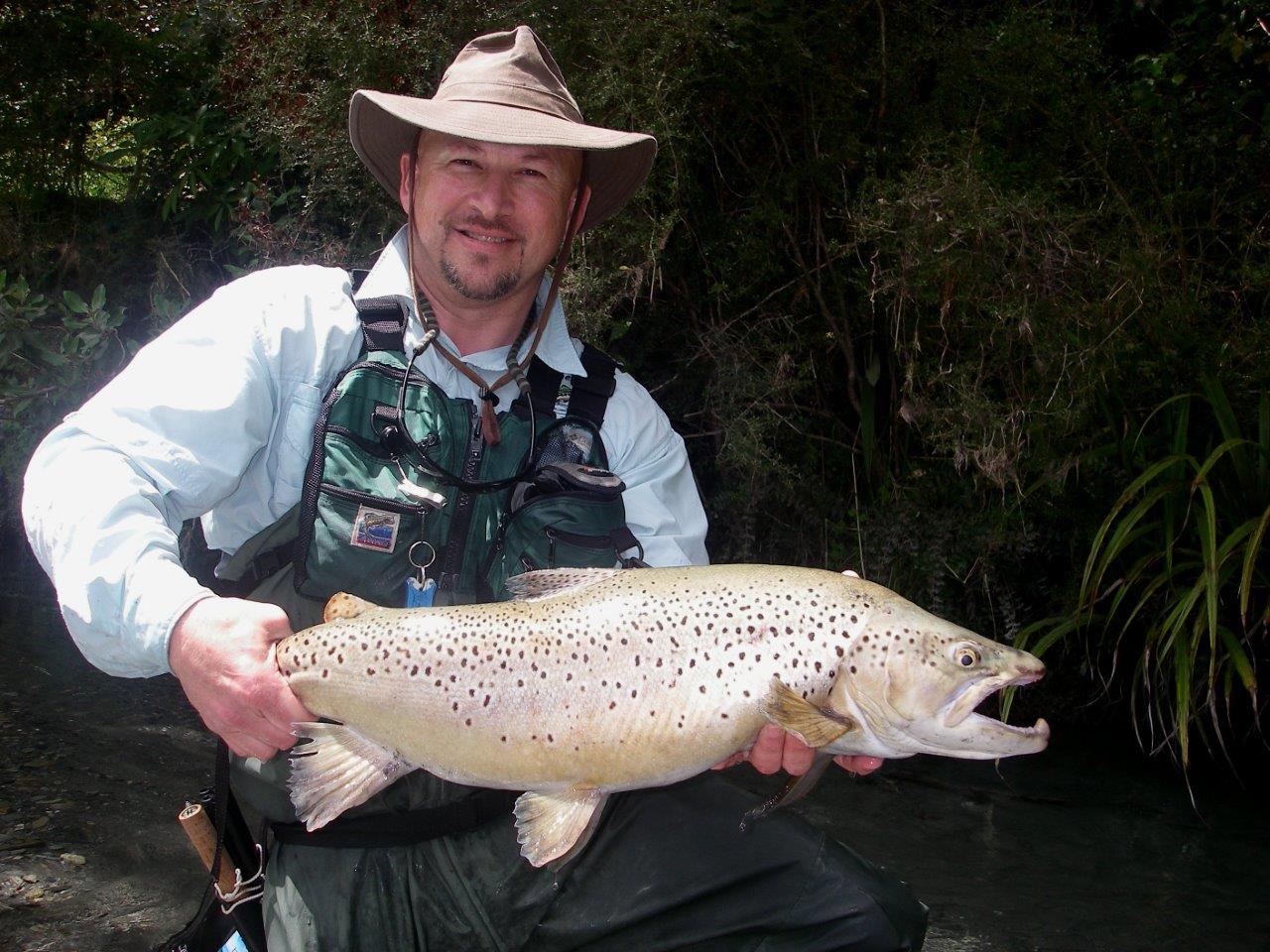
Every so often, a mouse plague explodes in the beech forests of New Zealand. These plagues are driven by the simultaneous ‘masting’ or seeding of the mature beech trees, which produces a temporary glut of food that rodents thrive on. With rodents producing 10 offspring every 8 weeks, the plagues can eventually do a lot of damage to the native wildlife, especially as the seed runs out and the mice and rats turn to other food sources. However, for anglers there’s a silver lining. The millions of extra mice move around looking for food and shelter, and in the process many are forced to swim across the rivers or simply fall in.
For the trout, it’s a once in a lifetime opportunity. With such an extraordinary amount of extra calories for the taking, a conservative estimate is that a 5 pounder can become a 7 pounder in a matter of months. At the extreme end, I’ve seem mouse feeders that ‘should’ be five pounders but weight ten.
In terms of actual fishing techniques, these remain pretty much the same as usual. The mice are mainly eaten at night, so thoughts of fishing mouse flies Alaska or Mongolia-style, are largely misplaced. The excitement is all about the incredible size and condition of the trout. If you want the best crack at a 10 pounder, then a mouse year offers it.
As you can imagine, mouse years are predicted by fishing lodge owners and guides about as often as snow resorts predict a bumper year! However, what’s different about the latest prediction is it’s offered by Department of Conservation scientists. Here’s some of what DoC says: “The heaviest beech forest seedfall in more than a decade is predicted in 2014. It is expected the increased seedfall will lead to an explosion in the numbers of rats, mice and stoats… Beech trees generally seed every four to five years but weather conditions over the last two summers - a cool summer followed by a warm one - appear to have triggered a bumper seed or 'beech mast' event… Past experience has shown that when a beech mast occurs, it leads to a dramatic rise in mice and rat populations, who feast on the plentiful seed all winter.”
So there you have it, season 2014/15 could be a very exciting one.















